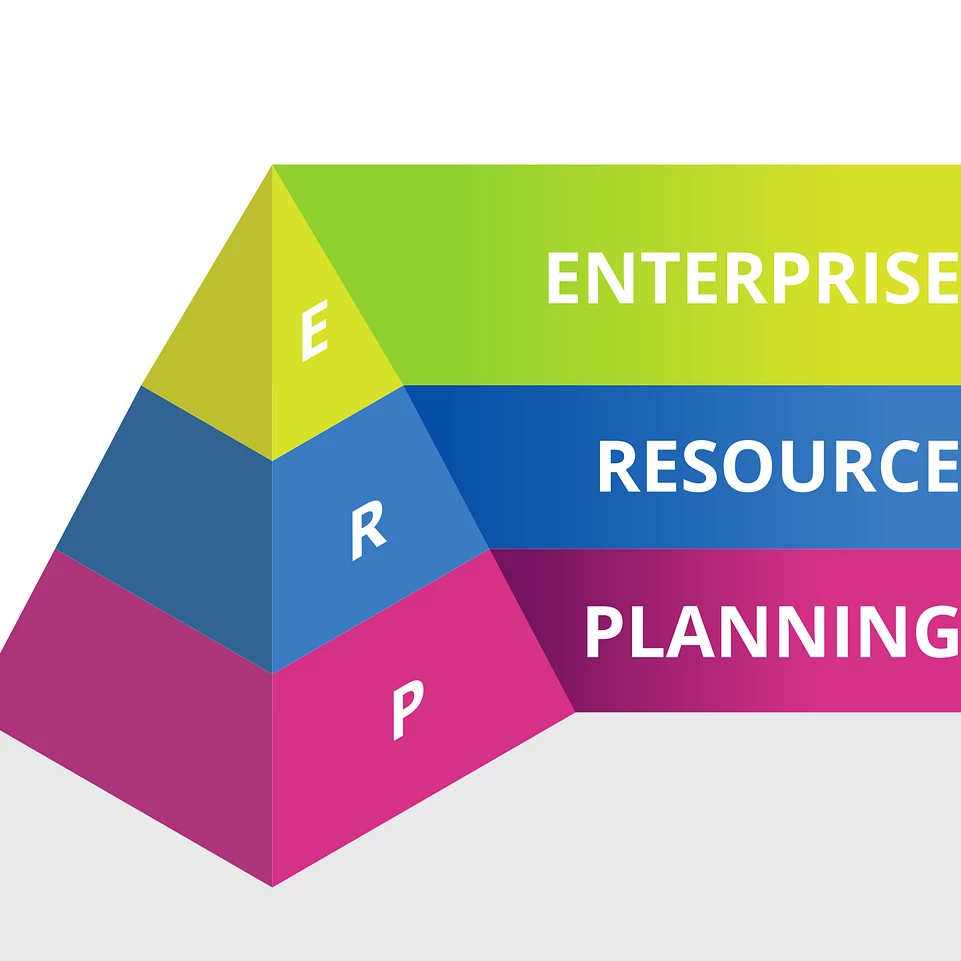
Member Article
Gartner ERP recommendations for 2022: FinancialForce Comments
By Andy Campbell, global solution evangelist at FinancialForce
Throughout the pandemic, many back-office systems have been found wanting, while businesses have struggled to respond, focusing merely on survival. Now that we appear to have come through the worst of the pandemic, investment in digital transformation has increased dramatically, as companies get their houses in order so they don’t have to go through the pain again.
Many enterprises are now embracing the cloud, as they have observed the value it adds during challenging periods. What’s more, organisations are exploring the possibility of reviving and increasing their investment in renovating and upgrading their current enterprise resource planning (ERP) systems, or even installing new ERP systems.
Below are three recommendations from the Gartner report. We have provided some additional commentary to add some colour to their suggestions:
Gartner Recommendation 1
Companies are increasingly looking for alternative options to their incumbent ERP vendors.
“This is definitely true but, most importantly, companies are not looking to make technology changes just for the sake of it. Nor are they merely looking to replicate existing systems with others that are essentially the same but just in the cloud. They’re examining things through a slightly different lens than they’ve done previously. The key consideration is how these new capabilities of technology can add value to the business and provide a future proof and flexible platform for growth.”
Gartner Recommendation 2
Support business composability outside monolithic ERP applications by including a multi-vendor capability.
“The composable ERP model that Gartner describe is a very attractive proposition and entails a different perspective to solution evaluation. Deciding on a vendor strategy typically requires a company to find the right balance between three key factors. First, can the systems actually deliver the functional capabilities required to support the company’s business processes. Second, does the solution have the ability to extend and adapt to changing business requirements and customer dynamics. Third, what is the total cost of ownership of the technology estate, because the more complex the solution architecture and the more moving parts, the more costly it will be to maintain. Companies that decide to adopt a multi-cloud/hybrid cloud model will usually do so because individual clouds fail to offer the full range of capabilities that businesses require. The obvious benefit of taking a platform centric approach, such as Salesforce, is that customers are not limited to one solution but instead can select from an ecosystem with thousands of individual complementary vendors that are all underpinned by the same technology platform. This helps to mitigate the three issues described above.”
Gartner Recommendation 3
Gain support for a complex and costly upgrade by first determining whether to switch ERP vendors.
“During the Covid-19 pandemic, many organisations’ existing systems have been exposed and found wanting. Businesses have been unable to pivot as they should, which has compromised their ability to address the challenges the pandemic has thrown up. Directly as a consequence of the pandemic, employers and employees have reviewed their existing on-premise legacy applications and embraced the cloud. Applications which are in the cloud rather than on-premise are much easier to access and maintain, especially when organisations have been operating remotely, away from the office. It is only natural that they should look at all available options and technological advances rather than just adopt the latest software version from an existing vendor.”
This was posted in Bdaily's Members' News section by FinancialForce .
Enjoy the read? Get Bdaily delivered.
Sign up to receive our popular morning London email for free.




 test article 123456789
test article 123456789
 hmcmh89cg45mh98-cg45hm89-
hmcmh89cg45mh98-cg45hm89-
 test456456456456456456
test456456456456456456
 test123123123123123123
test123123123123123123
 test xxxdiosphfjpodskhfiuodsh
test xxxdiosphfjpodskhfiuodsh
 Savour the flavour: North Tyneside Restaurant Week returns for 2024
Savour the flavour: North Tyneside Restaurant Week returns for 2024
 Six steps to finding the right buyer for your business
Six steps to finding the right buyer for your business
 Stephen signs off on a special night
Stephen signs off on a special night
 Life’s a Peachaus: Gillian Ridley Whittle
Life’s a Peachaus: Gillian Ridley Whittle
 Making a splash: Phil Groom
Making a splash: Phil Groom
 Making workplace wellbeing a priority
Making workplace wellbeing a priority
 A record of delivery, a promise of more: Ben Houchen
A record of delivery, a promise of more: Ben Houchen